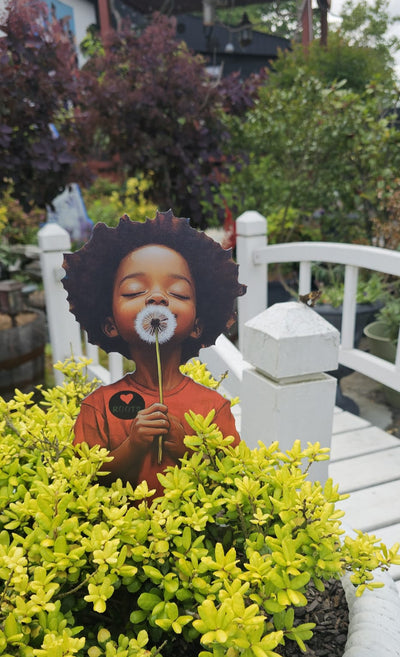BAIA BITS: Charles Sebree
BAIA BITS
He was initially viewed with suspicion. The year was 1934, and the Grant Park Outdoor Art Fair was in full swing in Chicago as artists promoted their works to a crowd of fascinated buyers, collectors, and casuals. Upon meeting a 20-year-old artist named Charles Sebree at the event, William McKnight Farrow, founder of the Black arts organization, the Chicago Art League, watched as the little known Sebree made an impact on all the wide-eyed art lovers he engaged. Farrow would later note the young artist’s work “caused considerable controversy among the artists there, as well as among the visitors” and that Sebree possessed “a peculiar talent for producing work of an emotional quality. And strange as it seemed to those of academic training, he sold everything he took there for display.”
Though regarded a suspicious newbie by Chicago’s more established Black art circles, art was not new to Sebree. After relocating from Kentucky to Chicago with his mother in 1924 at the age 10, Sebree’s art teacher at the city’s Burke elementary school soon regarded him a prodigy. During his teenage years, Sebree’s artwork attracted the attention of the Renaissance Society at the University of Chicago, a prominent venue for the exhibition of modern art. He also attended Saturday art classes at the School of the Art Institute of Chicago with the likes of Margaret Taylor Burroughs, Eldzier Cortor, and Charles White.
In high school, Sebree met University of Chicago anthropology student, Katherine Dunham, and began dancing and doing set and costume design for Dunham’s popular dance productions. Upon graduating, he was employed by the Works Progress Administration’s Illinois Art Project before being drafted in 1942 and stationed at Camp Robert Smalls, north of Chicago. There, he met playwright Owen Dodson, and the two produced plays at the army camp including the Ballad of Dorrie Miller, depicting the Black naval attendant who saved the lives of shipmates at Pearl Harbor.
After the war, Sebree relocated to New York to work on his visual art and theatrical endeavors. In 1945, he received a Julius Rosenwald Fund fellowship and went on to cowrite what would become the hit Broadway musical, Mrs. Patterson, featuring Eartha Kitt. Consistently, his art would reflect a strong Modernist influence with his painted portraits commonly featuring performers and harlequins.
An important American painter, playwright, director, and set designer, Charles Sebree would spend the final decades of his life creating art in Washington D.C. before succumbing to cancer in 1985.
BAIA BITS are produced in part by the generous support of our Patreon members with a special shout out to Zadig & Voltaire.
























